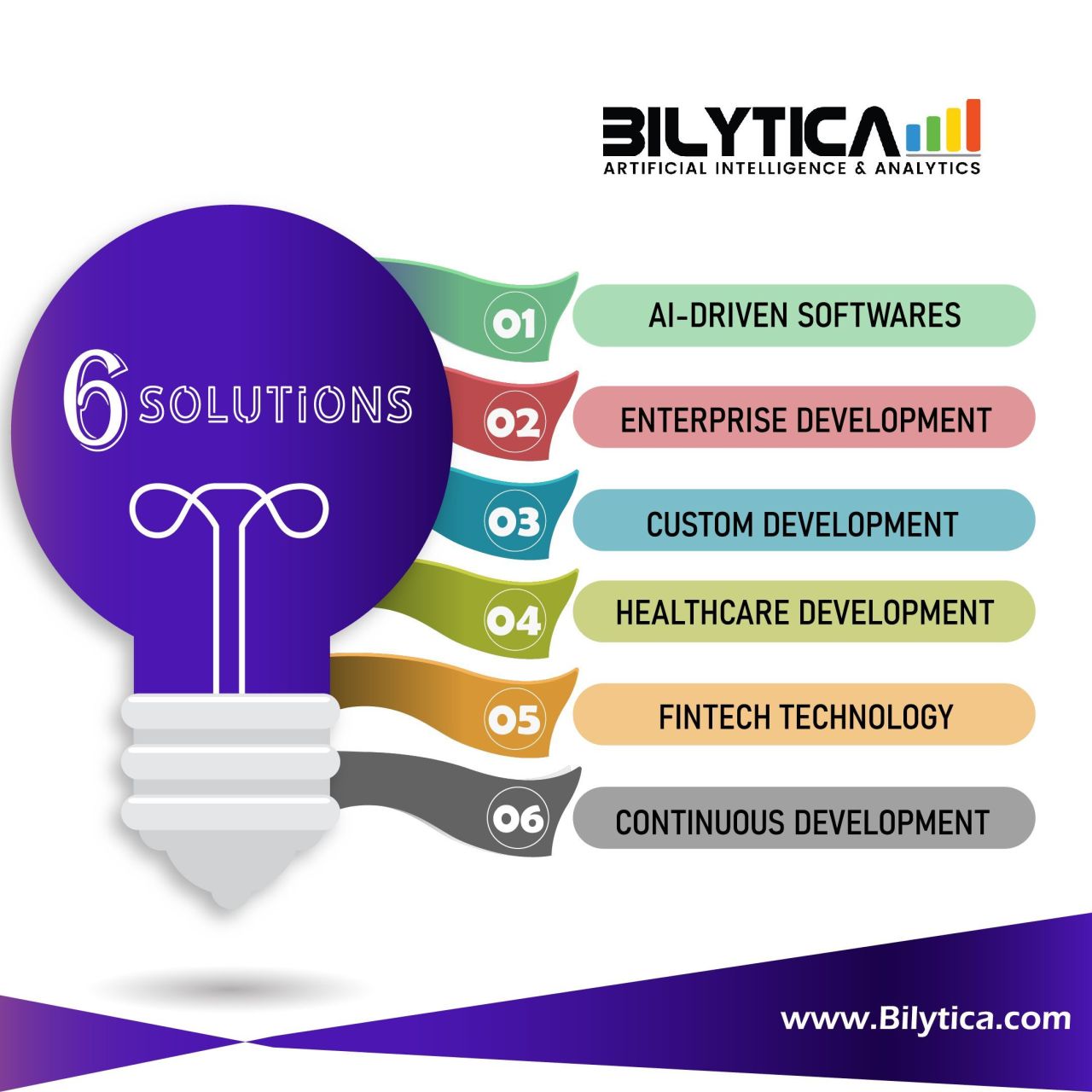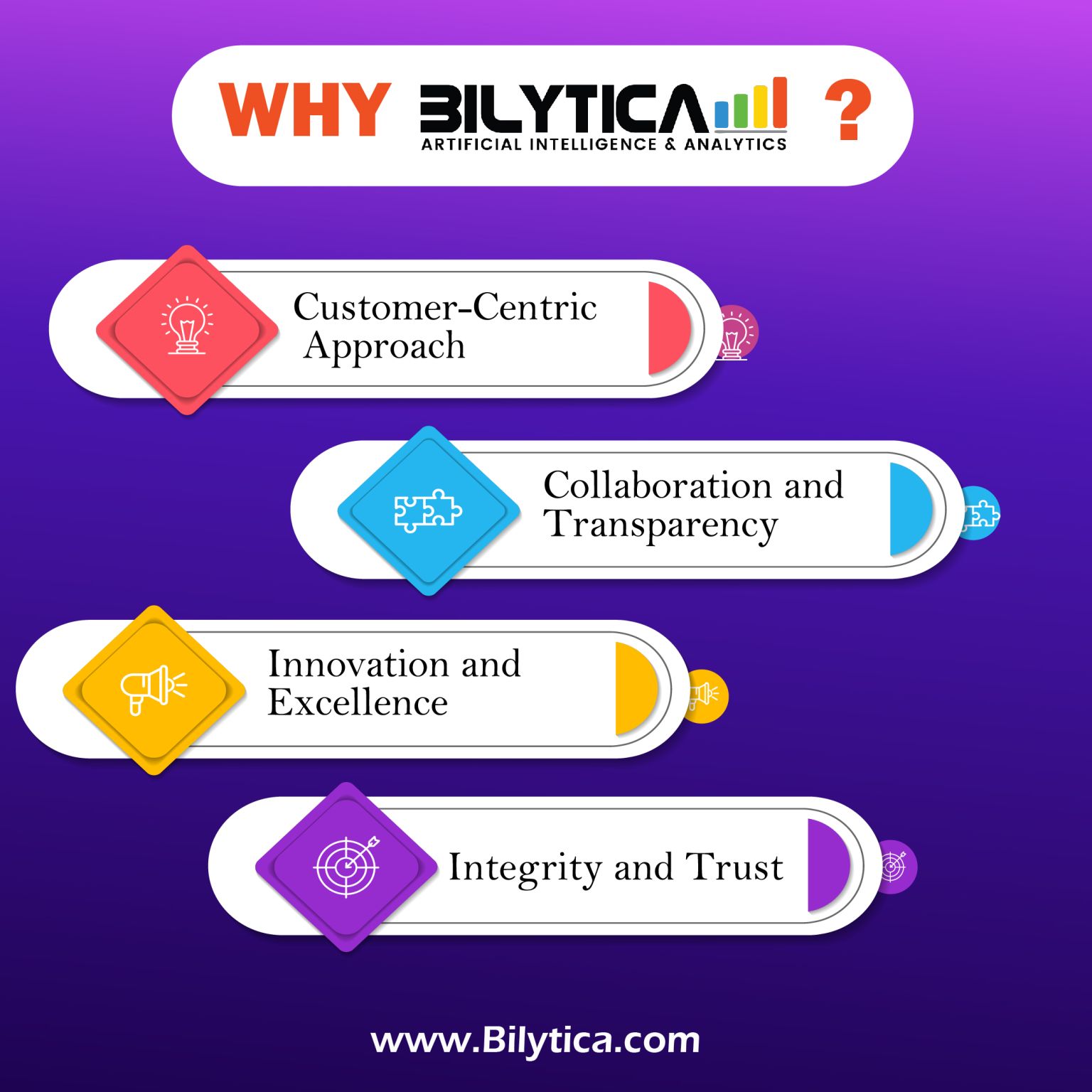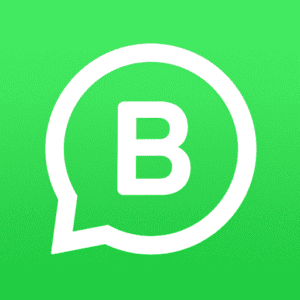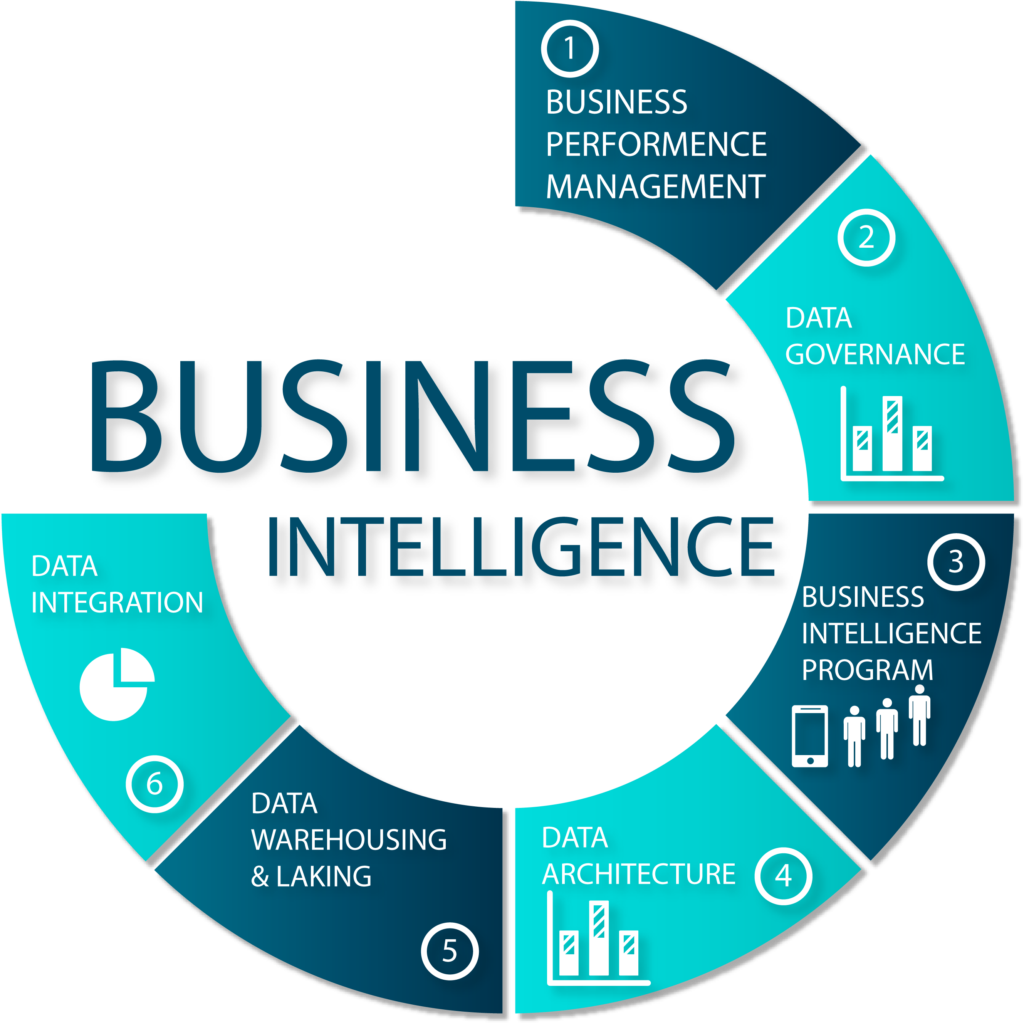Bilytica # 1 is one of the top Power BI is a robust business intelligence tool that enables users to create insightful reports and dashboards by connecting to various data sources. Once these visualizations are created, sharing them with stakeholders is crucial for informed decision-making. Power BI offers multiple ways to share reports and dashboards securely and efficiently, catering to different organizational needs and ensuring that the right information reaches the right people. This article explores the various methods and best practices for sharing BI reports and dashboards with others.
Click to Start Whatsapp Chat with Sales
Call #:+923333331225
Email: sales@bilytica.com
Bilytica #1 Power BI

Sharing Methods in Power BI
Power BI Service
The Power BI Service (app.powerbi.com) is the primary platform for sharing reports and dashboards. It offers several features for collaboration and sharing, including workspaces, apps, sharing links, and embedding capabilities.
Workspaces
Workspaces in BI are collaborative environments where teams can work together on reports and dashboards. There are two types of workspaces:
- My Workspace: This is a personal workspace where users can store their reports and dashboards. Sharing from My Workspace is limited to individual users.
- Shared Workspaces: These are collaborative spaces where multiple users can work together. Shared workspaces are ideal for team projects and allow for more extensive sharing options.
Apps
BI apps are a way to package related reports and dashboards into a single, easy-to-use application. Apps can be shared with a broad audience within an organization, providing a centralized location for accessing business intelligence content. Administrators can control who can view or interact with the app.
Sharing Links
BI allows users to share reports and dashboards via direct links. These links can be sent through email or embedded in other communication tools. Users with the link can view the shared content, provided they have the necessary permissions. There are two primary types of sharing links:
- Share to Individual Users: Users can share reports and dashboards with specific individuals or groups within the organization.
- Share to Anyone with the Link: This option allows broader sharing, including with external users. However, this is typically controlled by administrators to ensure data security.
Embedding
Power BI supports embedding reports and dashboards into other applications, websites, or intranets. This is useful for integrating business intelligence content into daily workflows. There are different embedding options:
- Embed in SharePoint Online: Users can embed reports directly into SharePoint Online pages.
- Publish to Web: This option creates a public link that anyone on the internet can view. It’s essential to be cautious with this feature to avoid unintentional data exposure.
- Embed in Applications: Developers can use Power BI APIs to embed reports and dashboards into custom applications.

Sharing with Power BI Desktop
BI Desktop is the tool used for creating reports and dashboards before publishing them to the Power BI Service. While sharing from Power BI Desktop is limited, users can export their work in various formats for sharing:
Export to PDF or PowerPoint
Users can export their reports as PDF or PowerPoint presentations. This method is suitable for sharing static versions of reports, ideal for presentations or meetings.
Publish to Power BI Service
Once reports are created in BI Desktop, they can be published to the Power BI Service for broader sharing and collaboration.
Managing Permissions and Access
Role-Based Access Control (RBAC)
BI uses Role-Based Access Control (RBAC) to manage user permissions. RBAC ensures that users only have access to the content necessary for their role. There are several roles available:
- Admin: Full control over the workspace, including managing permissions and content.
- Member: Can create, edit, and share content within the workspace.
- Contributor: Can edit existing content but cannot share it.
- Viewer: Can view content but cannot make any changes.
Row-Level Security (RLS)
Row-Level Security (RLS) allows for fine-grained access control within reports and datasets. RLS restricts data access based on user roles, ensuring that users only see data relevant to their permissions. This is particularly useful in organizations with sensitive data, ensuring compliance with data privacy regulations.
Best Practices for Sharing Power BI Content
Ensure Data Security
When sharing BI reports and dashboards, it’s crucial to ensure data security. This involves:
- Limiting Access: Only share reports with users who need access. Avoid using the “Share with anyone with the link” option unless necessary.
- Using RLS: Implement Row-Level Security to ensure users only see data relevant to them.
- Monitoring Activity: Use BI’s auditing and monitoring features to track who is accessing and interacting with shared content.
Keep Content Updated
Ensure that shared reports and dashboards are regularly updated with the latest data. BI allows for scheduled data refreshes, ensuring that users always have access to the most current information.
Provide Clear Documentation
When sharing reports and dashboards, provide clear documentation and context. This helps users understand the data and insights presented, leading to better decision-making.
Advanced Sharing Techniques
Power BI Dataflows
Business Intelligence Analyst in Saudi Arabia Dataflows allow for the creation and management of data transformation pipelines. Dataflows can be shared across multiple reports and workspaces, ensuring consistent data preparation and transformation processes.
Power BI Embedded
BI Embedded allows developers to integrate Power BI reports and dashboards into custom applications. This is useful for organizations that want to embed analytics into their existing workflows or provide business intelligence capabilities within their own products.
Integration with Microsoft Teams
BI integrates seamlessly with Microsoft Teams, enabling users to share and collaborate on reports and dashboards within the Teams environment. This integration enhances collaboration and ensures that business intelligence content is accessible within the tools teams use daily.
Conclusion
BI provides a wide array of features and capabilities for sharing reports and dashboards, ensuring that business intelligence insights can be disseminated effectively within and outside an organization. From using the BI Service for collaborative workspaces and apps to leveraging embedding and integration options, BI caters to various sharing needs. Ensuring data security through RBAC and RLS, keeping content updated, and providing clear documentation are essential practices for effective sharing. By leveraging these tools and best practices, organizations can maximize the impact of their Power BI investments, fostering a data-driven culture and empowering users to make informed decisions.
Click to Start Whatsapp Chat with Sales
Call #:+923333331225
Email: sales@bilytica.com
Power BI
Power BI
Power BI
8-5-2024



